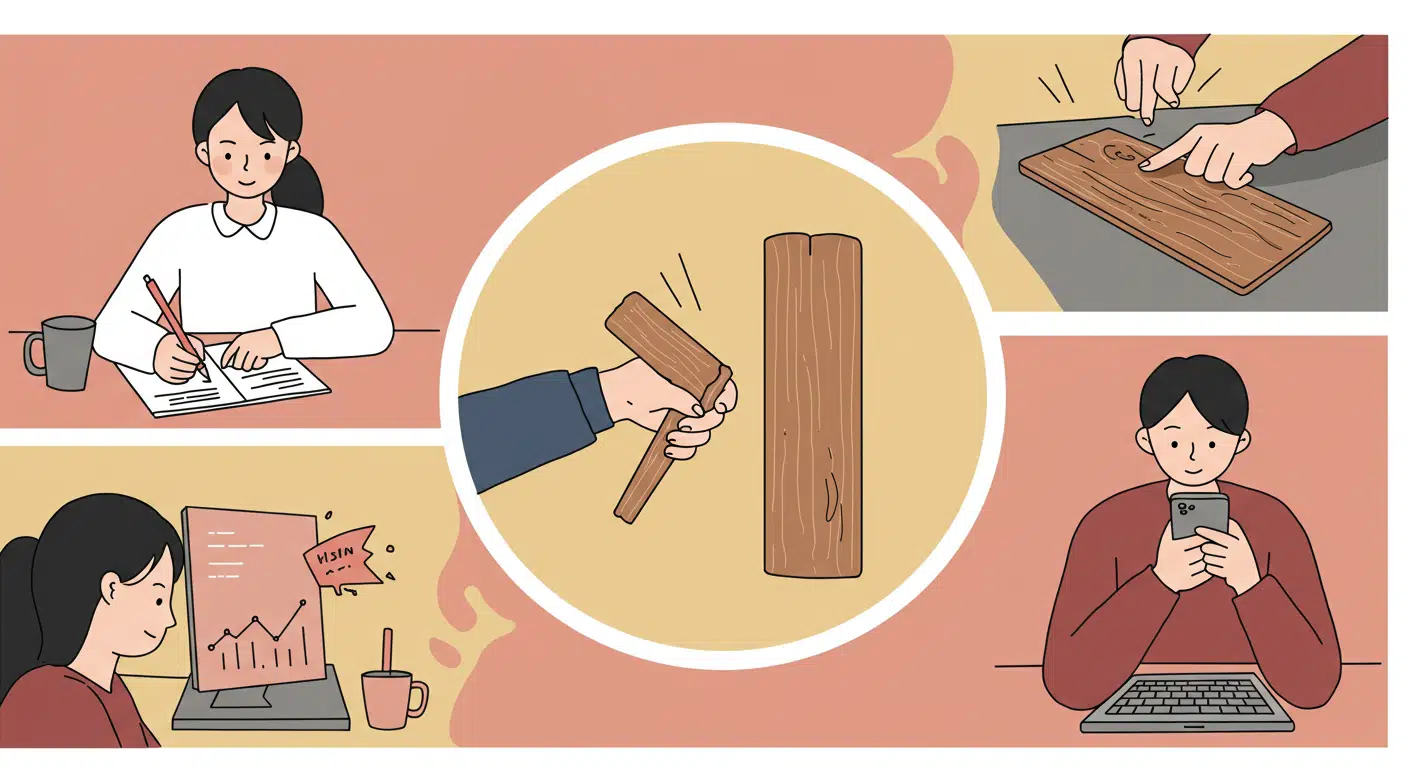According to widespread belief across multiple religious and cultural traditions, ringing bells—particularly at threshold spaces or during times of spiritual vulnerability—creates powerful sonic protection against malevolent entities and negative energies. This acoustic defense supposedly works through several mechanisms: the vibrations disrupt and disperse negative energy patterns; the clear tone attracts benevolent spirits while repelling harmful ones; and the sacred associations of bells create protected space through sound. Some traditions specify optimal bell materials (silver for purification, bronze for power), ideal ringing patterns (three times for Christian traditions, continuous for Buddhist contexts), and strategic placement locations (doorways, windows, infants’ cribs).

A baby’s future career or fate is predicted by the first object they select during a ceremonial setup.
In several Asian and Eastern European cultures, a traditional ceremony is held for babies usually around their first birthday. Known


